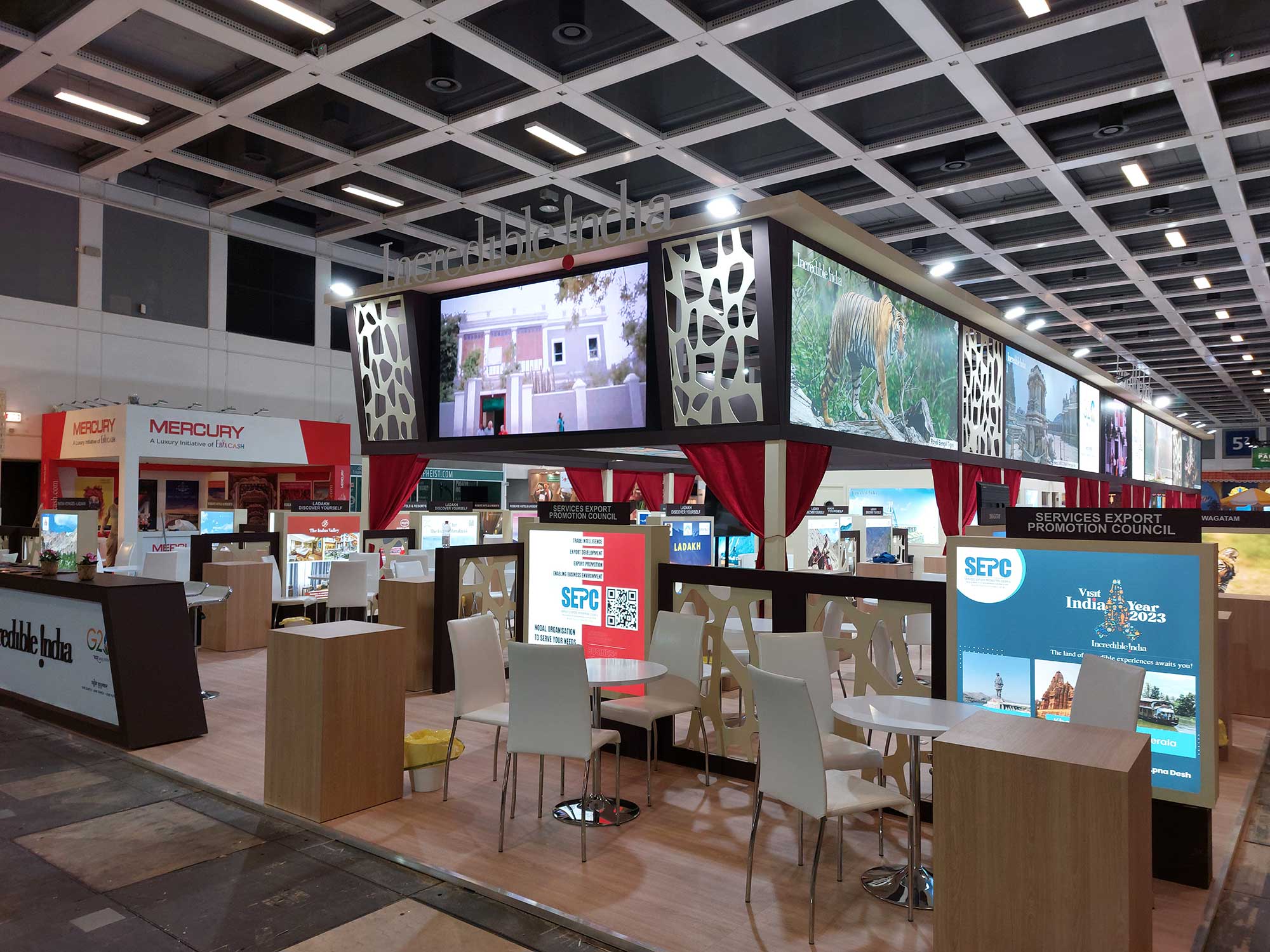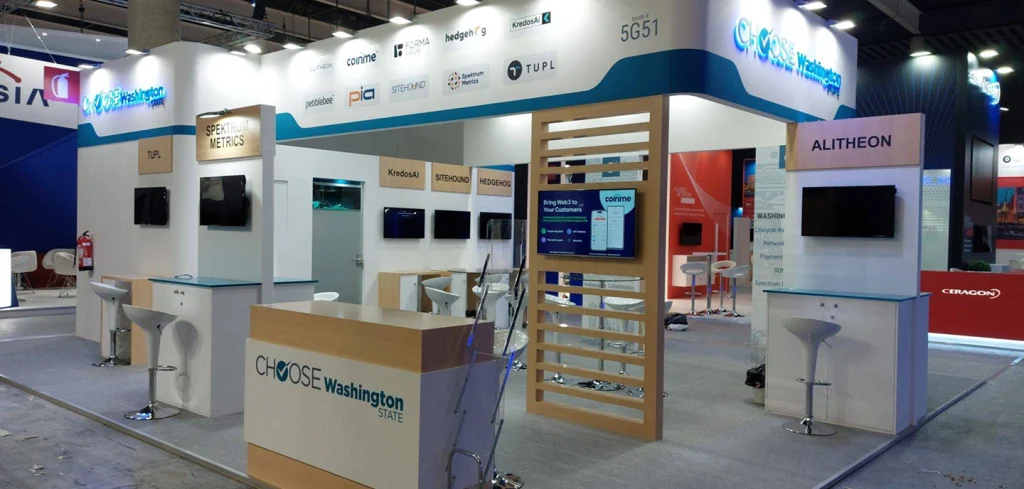
Introduction:
The trade show industry is on the brink of a digital revolution, with blockchain technology emerging as a game-changer. Known primarily for its role in cryptocurrencies, blockchain’s potential extends far beyond, offering robust solutions for security, transparency, and efficiency.
This blog explores how integrating blockchain technology can transform trade show displays, enhancing various aspects of the exhibitor and attendee experience.
1. Understanding Blockchain Technology
What is Blockchain?
Blockchain is a decentralized digital ledger that records transactions across multiple computers in a way that ensures data security and integrity. Key features include:
- Decentralization: No single entity controls the data, reducing the risk of tampering.
- Transparency: Transactions are visible to all participants, promoting trust.
- Security: Advanced cryptographic techniques ensure that data cannot be altered retroactively.
Applications Beyond Cryptocurrency
While blockchain gained fame through Bitcoin, its applications span various industries, including supply chain management, healthcare, and finance. In trade shows, blockchain can provide solutions for data management, security, and enhancing attendee engagement.
2. Enhancing Security and Transparency
Secure Transactions and Data Management
Blockchain can revolutionize the way trade shows handle transactions and data.
- Ticketing Systems: Blockchain can secure ticketing systems, preventing fraud and ensuring authenticity. Each ticket can be uniquely verified, reducing counterfeit risks.
- Data Protection: Personal and transactional data can be securely stored on the blockchain, ensuring privacy and protection against breaches.
Transparent Supply Chains
For exhibitors, blockchain offers transparency in the supply chain, from booth construction to product display.
- Traceability: Exhibitors can trace the origins and journey of materials used in their booths, promoting ethical sourcing and sustainability.
- Verification: Products showcased can be verified for authenticity, providing visitors with confidence in the displayed items.
3. Streamlining Operations and Efficiency
Automated Processes
Blockchain can automate various processes involved in trade show management.
- Smart Contracts: These self-executing contracts with terms directly written into code can automate payments, booth bookings, and service agreements, reducing administrative overhead and errors.
- Inventory Management: Blockchain can track inventory levels and movements in real-time, ensuring that exhibitors have the necessary materials and products on hand.
Cost Reduction
By automating processes and reducing the need for intermediaries, blockchain can lower operational costs.
- Reduced Fees: Transactions made via blockchain can reduce or eliminate fees associated with traditional payment methods.
- Efficiency Gains: Streamlined operations mean less time and money spent on managing logistics and administration.
4. Improving Attendee Engagement and Experience
Personalized Experiences
Blockchain can enhance the attendee experience by providing personalized and interactive elements.
- Custom Tokens: Exhibitors can create custom tokens or digital assets that attendees can collect and trade, gamifying the experience and increasing engagement.
- Loyalty Programs: Blockchain-based loyalty programs can reward attendees for visiting booths, participating in activities, and engaging with exhibitors.
Enhanced Networking
Blockchain can facilitate better networking opportunities for attendees.
- Secure Information Sharing: Attendees can securely share contact information and professional details using blockchain, ensuring privacy and accuracy.
- Networking Platforms: Blockchain-based platforms can connect attendees with similar interests, enhancing the networking potential of trade shows.
5. Future Innovations in Blockchain-Integrated Trade Shows
Virtual and Hybrid Events
Blockchain can support the growing trend of virtual and hybrid events.
- Digital Certificates: Attendees can receive blockchain-verified certificates for participation, enhancing the credibility of virtual experiences.
- Asset Tokenization: Virtual goods, such as digital art or virtual reality experiences, can be tokenized on the blockchain, providing new ways to engage with attendees.
Augmented Reality (AR) and Virtual Reality (VR) Integration
Blockchain can enhance AR and VR experiences at trade shows.
- Secure Content Delivery: Blockchain can ensure the secure delivery of AR/VR content, protecting intellectual property and providing authenticated experiences.
- Interactive Features: Blockchain can enable interactive and gamified features within AR/VR environments, increasing engagement.
Conclusion
Integrating blockchain technology into trade show displays promises to enhance security, transparency, efficiency, and attendee engagement. As the trade show industry continues to evolve, embracing blockchain can provide a competitive edge, driving innovation and improving the overall experience for exhibitors and attendees alike.
The future of trade shows lies in harnessing the potential of blockchain to create more secure, efficient, and interactive events, ultimately leading to greater success and satisfaction for all stakeholders involved.


 Global
Global USA
USA

